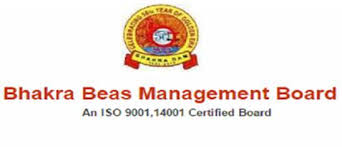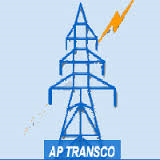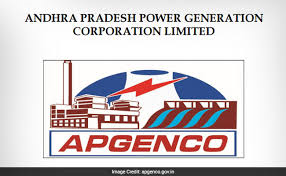Risk Based Paperless Inspections
Risk-based paperless inspections leverage digital tools and technology to conduct inspections in a systematic and efficient manner, focusing on areas with the highest potential risk with instant KPI scorecard. Here's how it works:
-
Digital Inspection Forms: Replace paper-based inspection forms with digital versions that can be accessed and completed using tablets, smartphones, or other mobile devices. Digital forms allow inspectors to record observations, findings, and corrective actions electronically, streamlining data collection and reducing the risk of errors.
-
Risk Prioritization: Prioritize inspection activities based on the level of risk associated with different areas, equipment, or processes. This involves identifying high-risk areas using techniques such as hazard identification and risk assessment (HIRA) and allocating inspection resources accordingly.
-
Integration with Risk Management Systems: Integrate paperless inspection systems with existing risk management systems or databases. This allows inspectors to access relevant risk information, such as previous inspection findings, incident reports, and risk assessments, during inspections. It also facilitates the identification of recurring issues and trends over time.
-
Real-Time Data Capture: Capture inspection data in real-time using digital devices. Inspectors can enter data directly into the digital forms as they conduct inspections, eliminating the need for manual data entry and reducing the risk of transcription errors. Real-time data capture also enables immediate notification of critical issues that require prompt action.
-
Automated Alerts and Notifications: Set up automated alerts and notifications to notify relevant stakeholders of inspection findings, particularly for high-risk issues or critical deficiencies. This ensures that corrective actions are initiated promptly to mitigate risks and prevent incidents.
-
Add Photo, Documents and Images : Use digital devices to capture photos, documents or images as part of the inspection process. Visual documentation provides additional context and clarity to inspection findings, making it easier to communicate issues to stakeholders and facilitate decision-making.
-
Cloud-Based Storage and Access: Store inspection data securely in the cloud to ensure accessibility from any location and device with an internet connection. Cloud-based storage also facilitates data sharing, collaboration, and analysis across multiple stakeholders and departments.
-
Analytics and Reporting: Analyze inspection data to identify trends, patterns, and areas for improvement. Generate customizable reports and dashboards to communicate key findings, track performance metrics, and monitor compliance with regulatory requirements.
By adopting risk-based paperless inspections, organizations can optimize inspection processes, allocate resources more effectively, and mitigate risks proactively, ultimately enhancing safety, compliance, and operational efficiency.
For a free copy of risk based inspection software send your request by filling the form in this page.





























































